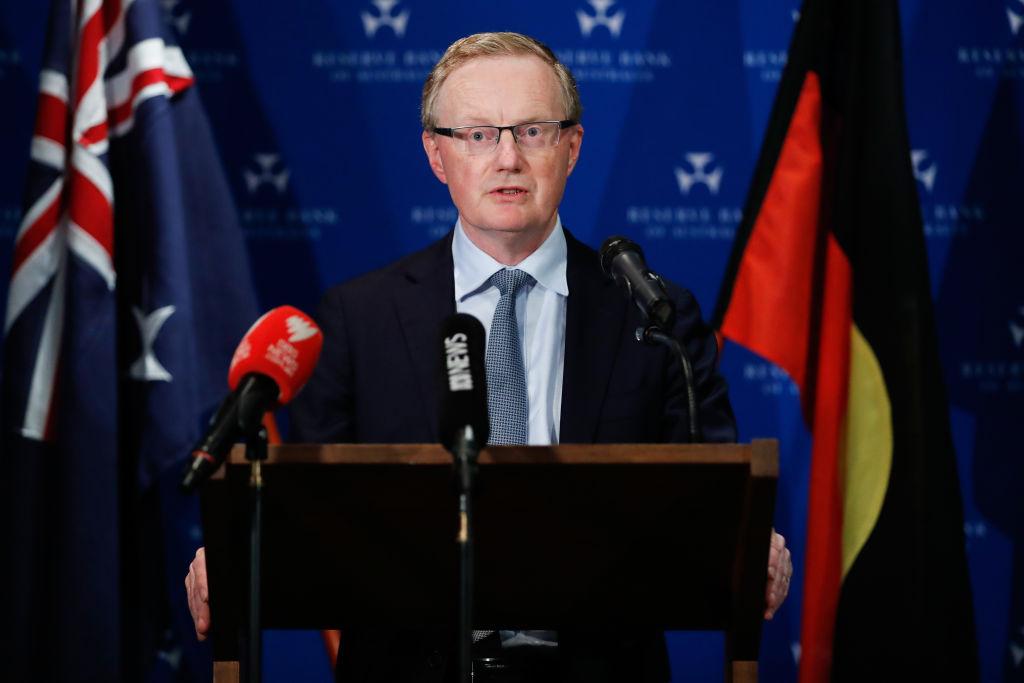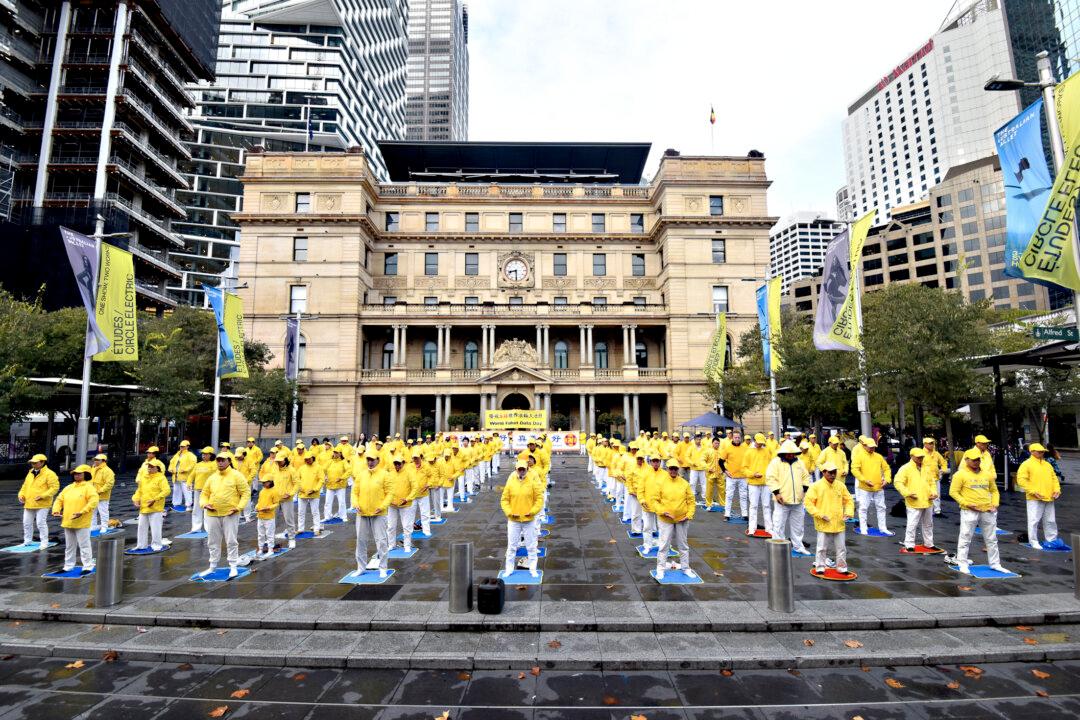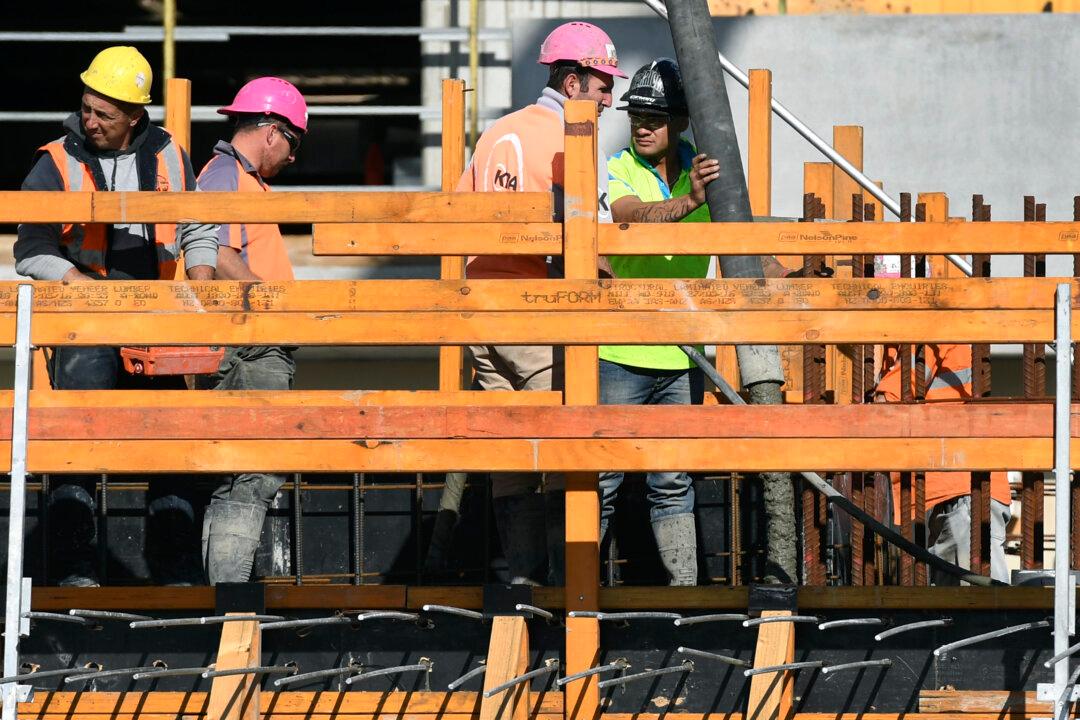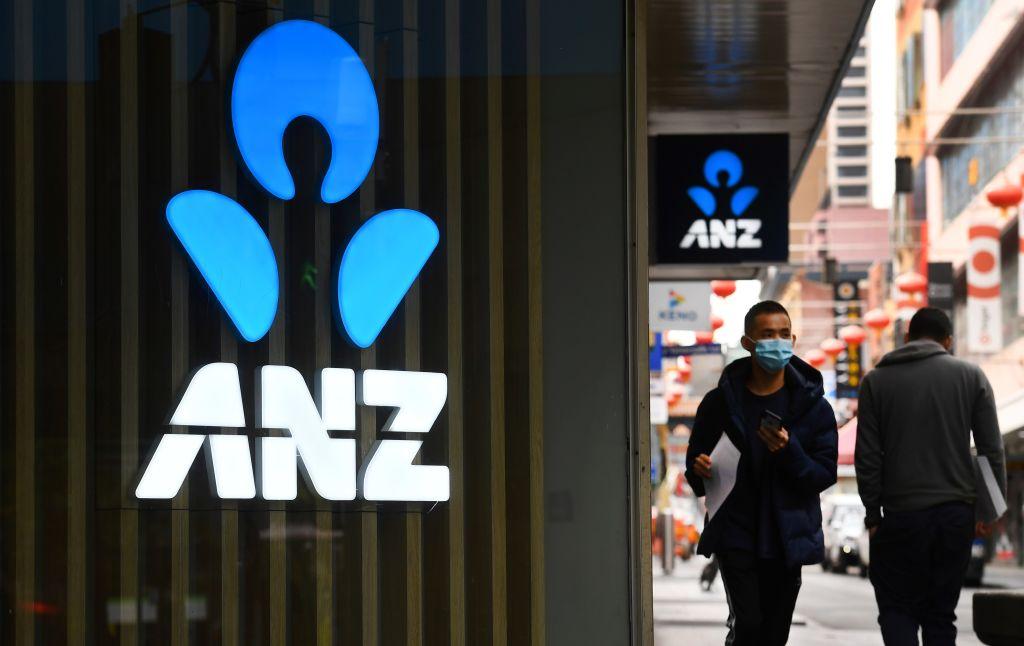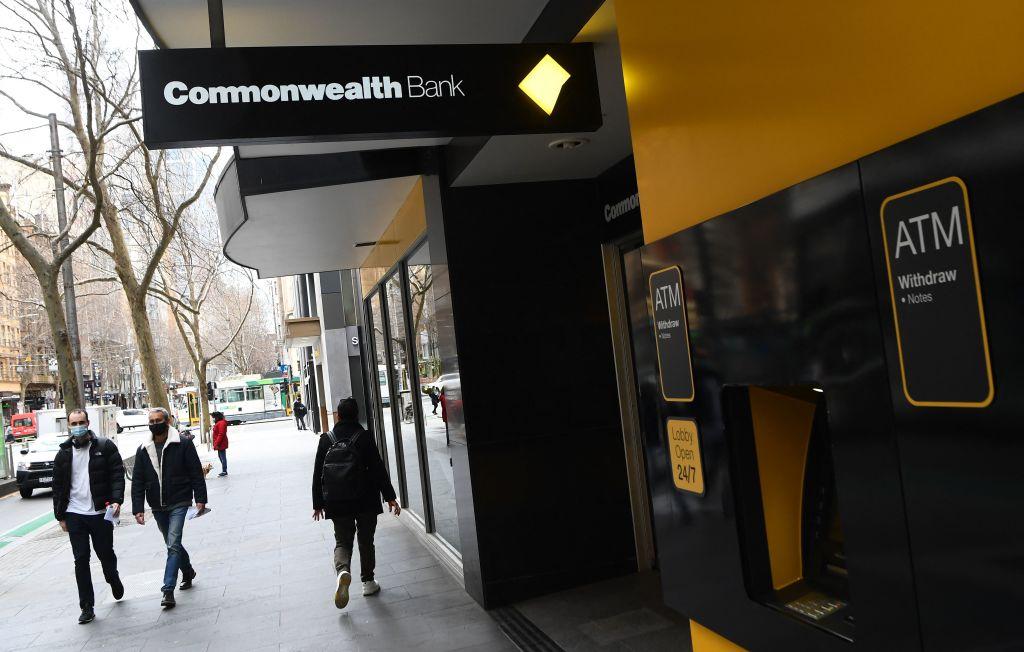Australia’s top financial regulators have urged banks to tap into their capital buffers to continue supporting households and businesses as preparations are made to unwind relief measures over the coming months.
The Council of Financial Regulators (CFR) quarterly meeting held on June 19, while expressing cautious optimism, noted uncertainties surrounding the economic recovery, coupled with long-lasting effects from the COVID-19 pandemic.
